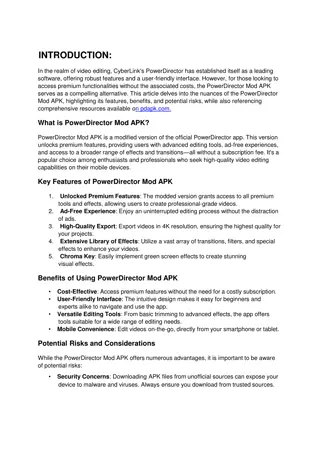
Automatic Program Verifier and Loop Reasoning
Explore the concepts of loop invariant, termination, and proving termination in automatic program verification. Learn about variant functions and solving verification exercises with Dafny. Dive into Lemmas, induction, and more for software engineering research.
Download Presentation

Please find below an Image/Link to download the presentation.
The content on the website is provided AS IS for your information and personal use only. It may not be sold, licensed, or shared on other websites without obtaining consent from the author. If you encounter any issues during the download, it is possible that the publisher has removed the file from their server.
You are allowed to download the files provided on this website for personal or commercial use, subject to the condition that they are used lawfully. All files are the property of their respective owners.
The content on the website is provided AS IS for your information and personal use only. It may not be sold, licensed, or shared on other websites without obtaining consent from the author.
E N D
Presentation Transcript
Using and Building an Automatic Program Verifier K. Rustan M. Leino Research in Software Engineering (RiSE) Microsoft Research, Redmond Lecture 1 Marktoberdorf Summer School 2011 Bayrischzell, BY, Germany 5 August 2011
Recap: Reasoning about loops A loop invariant holds at the top of every iteration is the only thing the verifier remembers from one iteration to another (about the variables being modified) while (B) { S; } Loop invariant holds here
Cubes program: Hint var c := 0; while (n < a.Length) invariant 0 <= n <= a.Length; invariant c == n*n*n; invariant forall i :: 0 <= i < n ==> { a[n] := c; c := (n+1)*(n+1)*(n+1); n := n + 1; }
Termination A variant function is an expression whose values goes down (in some well-founded ordering) with every iteration/call At the time of the call, the callee s variant function must be less than the caller s while (B) { S; } method M() { P(); } At the time a loop back-edge is taken, the value of the variant function must be less than at the beginning of the iteration
Proving termination Termination
Lemmas, induction Gauss2, Mirror2
Exercises McCarthy http://rise4fun.com/Dafny/6bq Coincidence http://rise4fun.com/Dafny/WvG Saddleback search http://rise4fun.com/Dafny/U5h Max is transitive http://rise4fun.com/Dafny/z9J Reverse-Reverse http://rise4fun.com/Dafny/1g
Exercises List http://rise4fun.com/Dafny/MbH
Links Dafny research.microsoft.com/dafny rise4fun rise4fun.com Verification Corner research.microsoft.com/verificationcorner






















